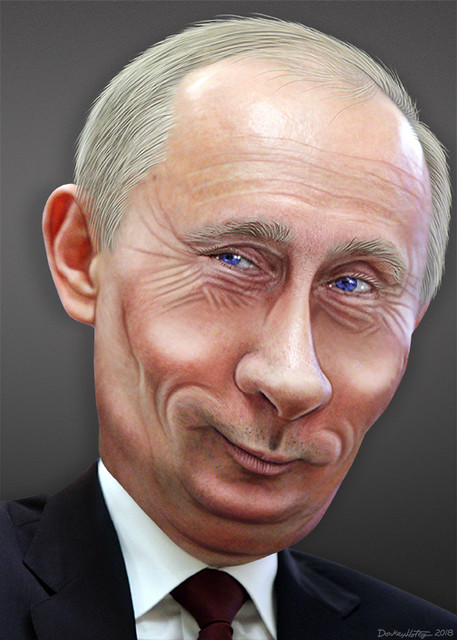
There is a lie that many believe about dictators. They are often called “Strong Men”, and many admire them for their toughness, their decisiveness and even their brutality. But the truth is, they are weak. They are weak for a very simple reason. Dictators are weak because they are evil.
What is Good and Evil?
One could say, this is a fallacy, how can you even tell me what is good and what is evil? What you believe to be evil, might be good to someone else. You simply want to live in a universe where those you call good always win. So when you say those who are evil are weak, it is a childish insult, with no basis in truth.
But this is what dictators do, and this is part of what makes them evil. Dictators torture and kill those who disagree with them. The thing is, in a dictatorship it takes courage to express disagreement with the dictator, because it is dangerous. Those who express dissent are not always automatically correct simply due to the fact that they are disagreeing with a dictator, but there is a very strong possibility that when they express dissent they are, at a minimum, expressing the truth, as they see it.
That means that when dictators torture and kill dissidents, they are torturing and killing those who tell them the truth. This is a recipe for disaster, and this is what makes dictators weak. In a dictatorship this means that dictators inevitably surround themselves with people who will tell them what they want to hear, with sycophants, with those who are corrupt, and with those who are fundamentally dishonest. People will disagree. It is inevitable. But in a dictatorship this is not permitted. This means that those in the inner circle of a brutal dictator are universally dishonest.
Evil Ultimately Equates to Stupidity
We see this now with Vladimir Putin, a brutal dictator, who has made a series of brutal blunders in the Ukraine. A brutal dictator that many, including myself, thought was much smarter than he apparently is. He drastically underestimated the will of the Ukrainian people to fight for their homeland. Putin did not account for the strength and resilience of Western democracies, and their will to fight in the face of aggression and atrocity. He also seriously overestimated the competence of his own armed forces and the effectiveness and robustness of his military hardware.
In every way Putin’s invasion of the Ukraine and the war he now finds himself in has been a series of blunders, wild miscalculations and incompetence. Why? Because he has surrounded himself with advisors and officials that will tell him what he wants to hear, and not the truth that he needs to hear. He is evil. What he is doing is evil, and that evil has made him weak and vulnerable. His life will end in miserable failure, the only question is how many will die, and how much damage will be done before he is destroyed.

